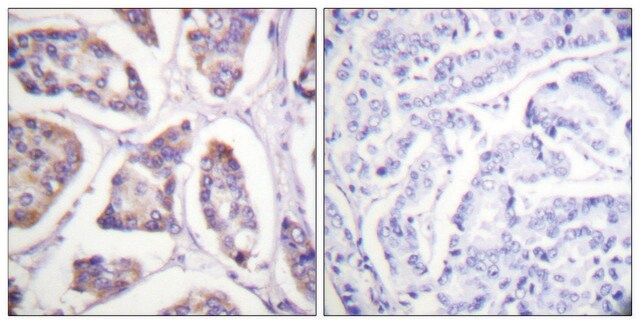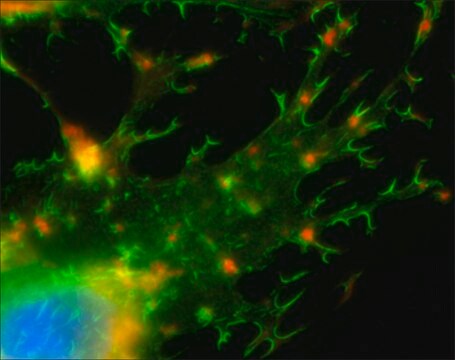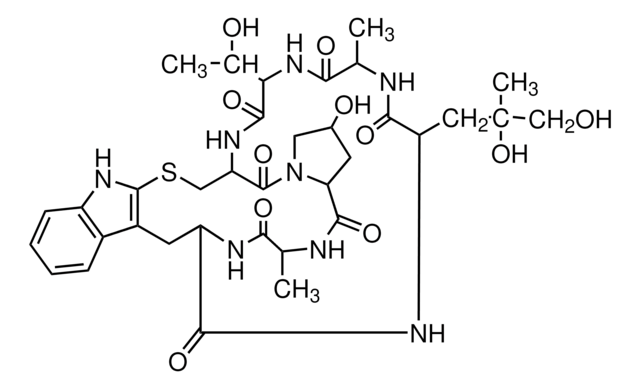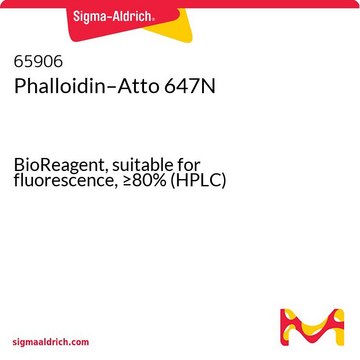49429
Phalloidin–Atto 532
suitable for fluorescence, ≥90.0% (HPLC)
Sinônimo(s):
Atto 532–Phalloidin
About This Item
Produtos recomendados
Nível de qualidade
Ensaio
≥90.0% (HPLC)
fabricante/nome comercial
ATTO-TEC GmbH
λ
in acetonitrile: water (1:9) (with 0.01% trifluoroacetic acid)
Absorção UV
λ: 534-540 nm Amax
adequação
suitable for fluorescence
temperatura de armazenamento
−20°C
Descrição geral
Aplicação
Informações legais
Código de classe de armazenamento
11 - Combustible Solids
Classe de risco de água (WGK)
WGK 3
Ponto de fulgor (°F)
Not applicable
Ponto de fulgor (°C)
Not applicable
Equipamento de proteção individual
Eyeshields, Gloves, type N95 (US)
Certificados de análise (COA)
Busque Certificados de análise (COA) digitando o Número do Lote do produto. Os números de lote e remessa podem ser encontrados no rótulo de um produto após a palavra “Lot” ou “Batch”.
Já possui este produto?
Encontre a documentação dos produtos que você adquiriu recentemente na biblioteca de documentos.
Os clientes também visualizaram
Conteúdo relacionado
Atto dyes are a series of fluorescent dyes that meet the critical needs of modern fluorescent technologies
Nossa equipe de cientistas tem experiência em todas as áreas de pesquisa, incluindo Life Sciences, ciência de materiais, síntese química, cromatografia, química analítica e muitas outras.
Entre em contato com a assistência técnica





